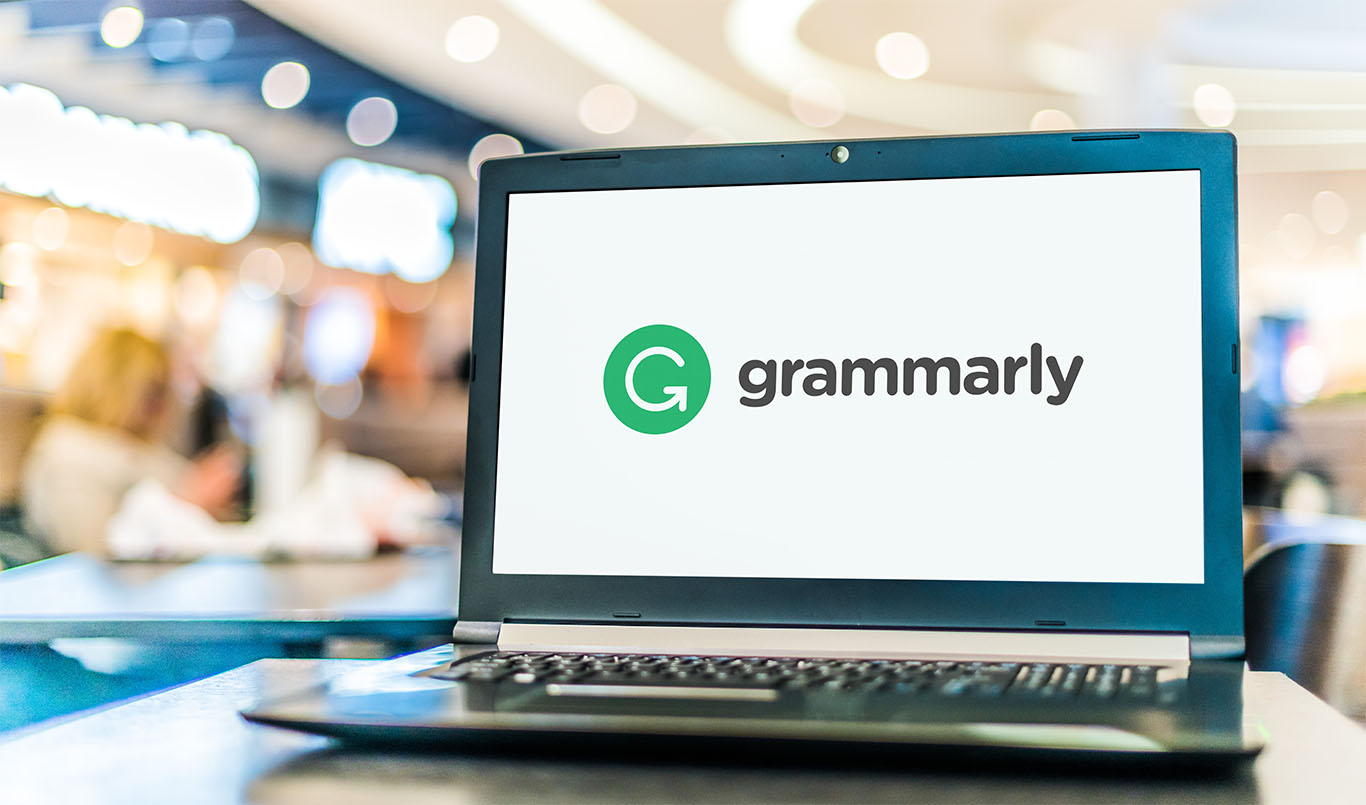
Grammarly buys Superhuman to build the next-gen AI email workspace
Subscribe to our free newsletter today to keep up to date with the latest business news.
Grammarly’s latest acquisition signals a clear shift in how the company wants to shape the future of work. Known for its AI-driven writing assistance, Grammarly has steadily evolved from a grammar checker to a comprehensive suite of communication tools. With its recent purchase of Superhuman, the premium AI-native email client, Grammarly is staking its claim as a serious player in the race to build the next generation of AI-powered productivity platforms.
Superhuman, founded in 2014, carved out a niche among high-performing professionals who see email not just as a tool but as a source of competitive advantage. The company built its reputation on speed and elegant design but increasingly leaned into AI capabilities to keep pace with larger competitors. By integrating instant AI-drafted replies and CRM integrations, Superhuman offered a glimpse of how email could become more proactive and context-aware.
The deal, reported by TechCrunch on July 1, 2025, did not disclose financial terms, but industry watchers note that Superhuman was last valued at 825 million dollars and is said to generate roughly 35 million dollars in annual revenue. For Grammarly, the acquisition builds on its 2024 purchase of Coda, reinforcing its ambition to become more than just a writing tool.
How Superhuman changed the game for high-performing email users
Superhuman’s core proposition has always been speed and focus. For executives, sales teams, and founders juggling hundreds of daily emails, its interface removes clutter and surfaces what matters most. The AI element is now central to this pitch. In the past year alone, the share of emails composed with Superhuman’s AI tools increased fivefold, according to the company. Users send and respond to 72 percent more emails per hour compared to those on traditional clients.
Key to Superhuman’s success is its integration with popular productivity and CRM tools. For example, sales teams can pull in real-time deal data while drafting outreach, without toggling between tabs. These features help teams maintain context and act faster, a value proposition Grammarly is keen to extend across its ecosystem.
By bringing Superhuman into the fold, Grammarly gains more than technology, it also acquires a user base deeply invested in high-efficiency workflows. That positions Grammarly to embed its own AI writing capabilities directly into inboxes where millions of professionals spend more than three hours every day.
Grammarly’s vision for intelligent AI agents
Grammarly’s leadership has hinted that the future of work involves not just smart tools, but entire teams of AI agents acting in concert. The plan is to build an ecosystem where multiple intelligent agents collaborate with users to write, research, schedule, and handle tasks that once required switching apps or screens.
Email is a logical testing ground for this ambition. Despite countless predictions of its demise, email remains the dominant channel for workplace communication. Grammarly’s bet is that by transforming the inbox into a hub for AI-driven assistance, it can increase its footprint and lock in new revenue streams.
This aligns with broader industry trends. The global productivity software market is expected to grow to nearly 90 billion dollars by the end of 2025 and could exceed 150 billion dollars by 2029. Giants like Microsoft and Google have already embedded AI helpers into their email platforms with Copilot and Gemini. Grammarly is now signaling that it wants to match and possibly surpass those offerings with tools that are more deeply integrated into how people actually write and communicate.
Opportunities and challenges for Grammarly and Superhuman
For Grammarly, the challenge now lies in seamless integration. Superhuman’s loyal user base expects a frictionless, fast email experience. Folding in Grammarly’s advanced AI writing and editing must enhance, not slow down, that experience. If successful, the result could be a productivity suite that not only catches typos but anticipates tasks, drafts messages, and manages workflows in the background.
The move will likely spur fresh competition. Google, Microsoft, and startups like SaneBox and Canary Mail are all exploring ways to make email smarter, more secure, and more automated. Grammarly’s play to own the AI-powered inbox could force rivals to rethink their approach or accelerate their product roadmaps.
Sources: